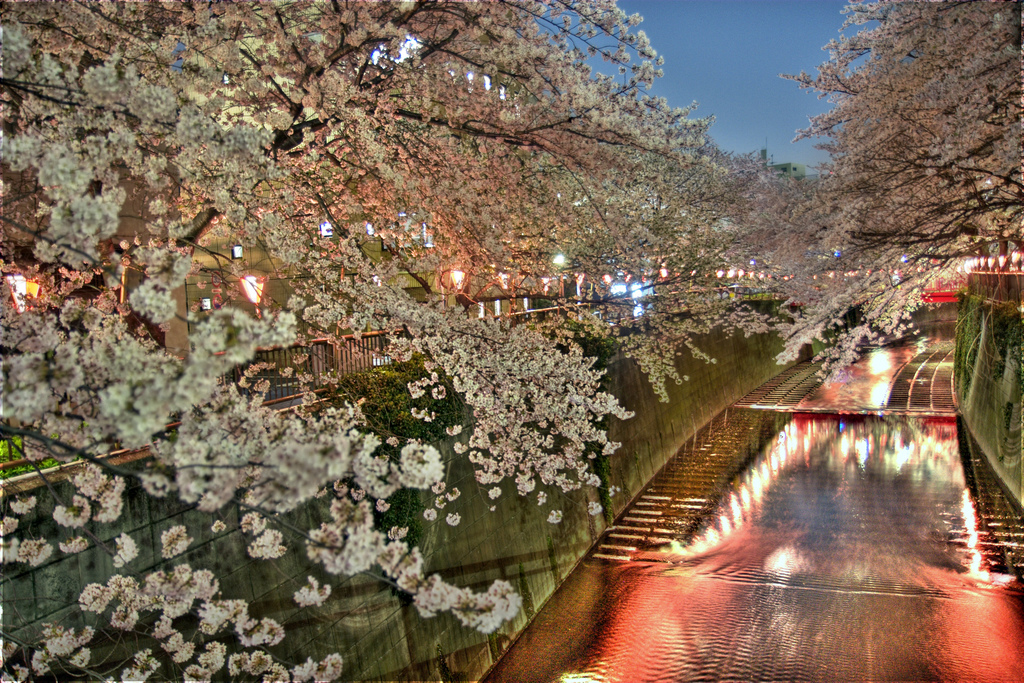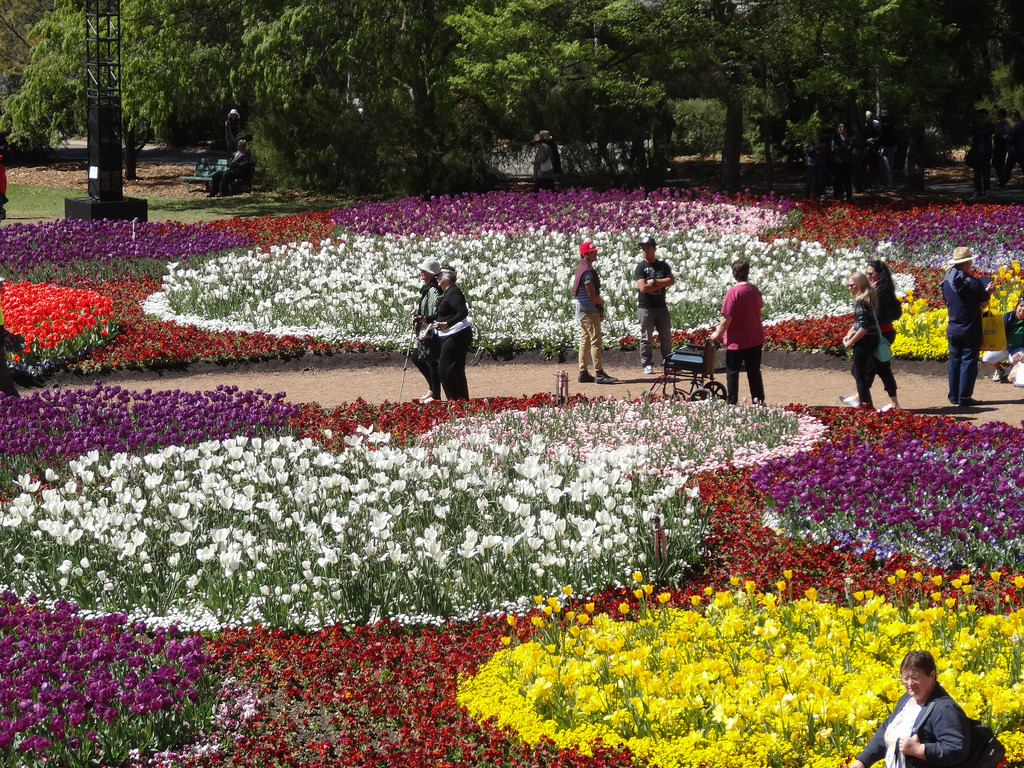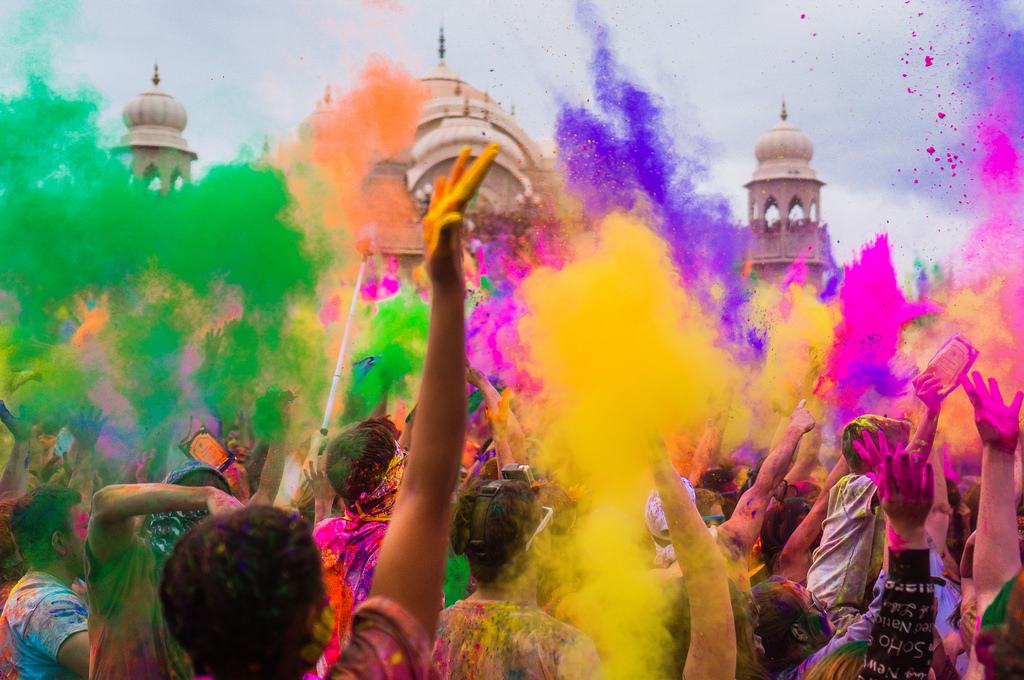Spring Celebrations
It feels like spring has truly sprung today, the sun feels warm, the trees and flowers are beginning to blossom. We all know about Easter here in England, but how do the rest of the world celebrate this wonderful time?
Japan – Hanami
Hanami is a traditional custom of viewing flowers as they bloom over Japan, normally over two weeks at the end of March. Locals will have small parties and feasts underneath Japanese cherry and plum trees and enjoy the blossoms, which are said to be a representation of life itself – beautiful, yet fleeting. The custom was popularised by Emperor Saga, and is said to have started around the year 795. It has since become a staple in Japanese culture.

Eastern Europe – Marzanna
Taking place in mainly Slavic areas of Europe, this is one of the more bizarre traditions on the list. ‘Marzanna’ is the Polish name for a Baltic and Slavic goddess whom is associated with the death and rebirth of nature. Over the years, the religious aspects of this custom have faded away, leaving only the strange tradition of throwing dolls of Marzanna into nearby rivers, or setting effigies of her alight, or indeed both. Her ‘death’ is meant to signify the end of winter and the beginning of spring, the whole process is accompanied by group songs and can sometimes end in a feast to celebrate.

Australia – Floriade
Floriade is in Australia’s capital city of Canberra, and is the youngest entry on this list. It began in 1988, and has gone on to become the biggest flower festival in the Southern Hemisphere. The festival has a wonderful community feel as it regularly involves local schools and care homes, as well as local art, live performance, and other recreational activities. The event receives over 300,000 visitors every year, and now features an evening counterpart festival called ‘NightFest’.

India – Holi
Holi is a celebration of the triumph of good over evil, coming from one of the many symbolic legends of Vishnu. The event tends to take place in late February or early March, and whilst it originated in India its popularity has seen its spread throughout the world. The night before Holi people have parties and make bonfires, and those more traditionally inclined may perform sacred rituals; but it’s the powder paint fight on the day of Holi which the celebration is famous for. The powder paint fight is supposed to symbolise letting go of any of the evils that dogged you over the winter, and the carefree fun is meant for you to enjoy the human contact and the people around you.

